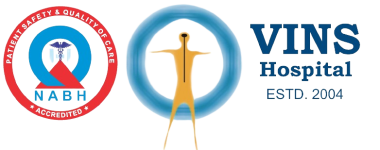Deep Brain Stimulation (DBS) is a surgical procedure used to treat certain neurological conditions, such as Parkinson’s disease, essential tremor, and dystonia. Here’s a brief overview and some FAQs:
Procedure:
1. Implantation:
Surgeons implant electrodes into specific areas of the brain.
2. Connection:
Electrodes are connected to a pulse generator (similar to a pacemaker) placed under the skin near the collarbone.
What conditions does DBS treat?
Parkinson's disease, essential tremor, and dystonia are common conditions treated with DBS.
How does it work?
DBS modulates abnormal electrical signals in the brain, helping to alleviate symptoms.
Is it reversible?
The procedure is generally reversible; electrodes or the entire system can be removed.
Are there risks?
Risks include infection, bleeding, and hardware-related issues. Side effects can occur but are usually reversible.
Is it a cure?
DBS is not a cure but can significantly improve symptoms and quality of life.
Who is a candidate?
Candidates are usually those with advanced symptoms not adequately controlled by medication.
How long does the battery last?
Battery life varies but is typically several years. Replacement involves a minor surgery.
Can I undergo MRI after DBS?
Certain MRI scans may be possible, but it depends on the system. Consult with your doctor.
Does it affect cognition?
Cognitive effects are generally minimal, but individual responses can vary.
How long does recovery take?
Recovery varies, but many people resume normal activities within a few weeks.
Always consult with a healthcare professional for personalized information regarding DBS and its suitability for specific medical conditions.



